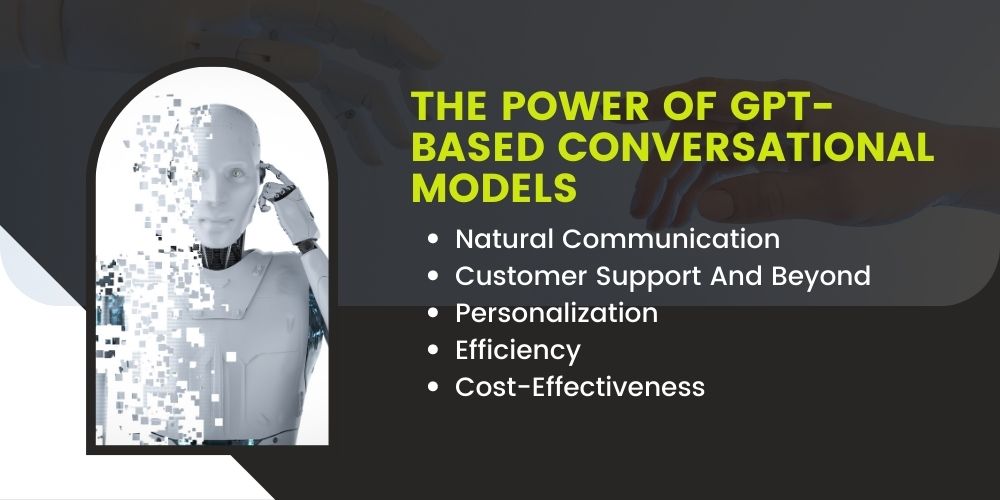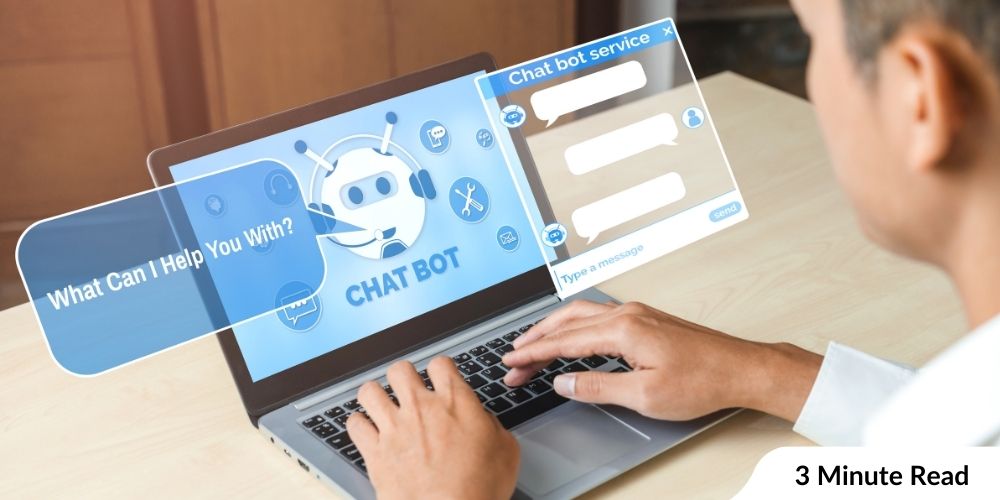Are you a frequent user of online messaging platforms or chatbots?
If yes, you may have encountered bots responding instantly and accurately to your inquiries.
Artificial Intelligence (AI) powers these chatbots.
They are designed to respond to users’ questions.
Let’s look at some stats first.
Statistics
- In 2022, 1.4 billion people have used chatbots since 2020.
- Of that 1.4 billion, around 90% of consumers’ experiences are either neutral or positive.
Looking at the above stats, we can say that the rise of artificial intelligence (AI) has revolutionized communication.
And chatbots are at the forefront of this transformation.
GPT-based chatbots are currently the most popular.
They are widely used among the various AI-powered chatbots available.
This article will explore the following:
- The benefits and pitfalls of GPT-based conversational systems
- GPT-based conversational systems applications
- Coggno and AI in Training
What Are GPT-Based Conversational Systems?
GPT stands for “Generative Pre-trained Transformer.”
It is a deep learning algorithm in natural language processing (NLP).
It makes them capable of learning from vast amounts of data.
GPT-based conversational systems use machine learning to analyze large amounts of text data.
The systems can understand natural language and context, enabling them to hold more human-like conversations.
It is ideal for chatbots, virtual assistants, and other conversational systems.

The Power Of GPT-Based Conversational Models
AI-driven chat help has become an indispensable tool for businesses and consumers alike.
With GPT-4 chatbot applications, users can experience personalized and context-aware conversations.
This artificial intelligence in chatbots employs NLP.
NLP helps to understand user intent and generate human-like responses.
Natural Communication
GPT-based conversational AI has made significant strides in generating coherent and contextually appropriate responses.
AI chatbot research has led to models capable of understanding complex language patterns and generating meaningful replies.
It has unlocked new possibilities for AI chatbot development strategies and tools.
Customer Support And Beyond
GPT-powered virtual assistants have transformed customer support by providing instant, accurate, personalized assistance.
Their applications extend beyond support.
Yet, AI in text-based communication is reshaping industries such as
- Marketing;
- Sales;
- Mental health services.
Personalization
GPT-based conversational systems can learn from previous interactions.
And they can use that information to personalize future conversations.
For instance – A customer asks for a specific product or service. The chatbot can remember that and suggest similar products or services in the future.
This personalized approach can lead to a more satisfying customer experience.
Efficiency
Chatbots powered by GPT-based conversational systems can reduce customer wait times.
It is because they can handle many conversations simultaneously,
Furthermore, they can provide 24/7 support.
It makes them an ideal choice for businesses operating across different time zones.
Cost-Effectiveness
GPT-based conversational systems can save businesses money on customer service and support.
Automating specific tasks, such as
- Answering common questions; or
- Processing simple transactions
businesses can reduce the need for human support staff.
The Drawbacks Of GPT-Based Conversational Systems
Despite their impressive capabilities, AI chatbot platforms are not without their limitations.
As we explore the AI chatbot market, we must consider these drawbacks.
It will help us gain a comprehensive understanding of the technology.
Bias And Ethical Concerns
GPT-based conversational systems learn from the data we feed them.
The chatbot’s responses may also be biased if that data contains biases.
For instance, if we trained the chatbot on data biased against a particular race or gender, it may inadvertently generate biased responses.
Sustained Context
GPT-based chatbots excel in understanding and responding to individual messages.
But they need help to maintain context over a long conversation.
It can lead to confusion and unsatisfactory user responses.
Lack Of Empathy
GPT-based conversational systems can indeed generate human-like responses.
But they lack empathy and emotional intelligence.
They may need help understanding the user’s emotional state and providing appropriate responses.
Limited Scope
GPT-based conversational systems are designed to handle specific tasks or questions.
The chatbot may need help to respond appropriately if a user asks a question outside the system’s scope.
Applications Of GPT-Based Chatbots
Despite the potential pitfalls of GPT-based chatbots, their benefits outweigh their drawbacks.
And as a result, they are being used in various applications.
Some of the most common applications of GPT-based chatbots include:
Customer Support And Service Delivery
GPT-based chatbots are being used by businesses to provide customer support and service delivery.
These chatbots can handle extensive customer inquiries and provide personalized and accurate responses.
Virtual Assistants
GPT-based conversational systems power virtual assistants like Siri and Alexa.
These virtual assistants can perform various tasks, such as
- Setting reminders;
- Playing music; and
- Providing information.
Sales And Marketing
GPT-based chatbots are used in sales and marketing to provide
- Personalized product recommendations;
- Handle inquiries; and
- Provide information on products and services.
Coggno And AI In Training
Coggno is a leading provider of online training and learning management systems.
The company has been at the forefront of leveraging AI in its training programs.
As a result, it has delivered personalized and engaging training to its clients.
Don’t miss out on Coggno training.
Conclusion: The Future Of AI Chatbots
The future of AI chatbots is promising.
And with continued research, development, and thoughtful implementation, we can expect even more significant advancements in the years to come.
Furthermore, GPT-based conversational systems offer many benefits, including personalization, efficiency, and cost-effectiveness.
Yet, they also have their pitfalls.
By being aware of these issues and taking steps to mitigate them, businesses can harness the power of GPT-based conversational systems.
Explore our blog directory.









